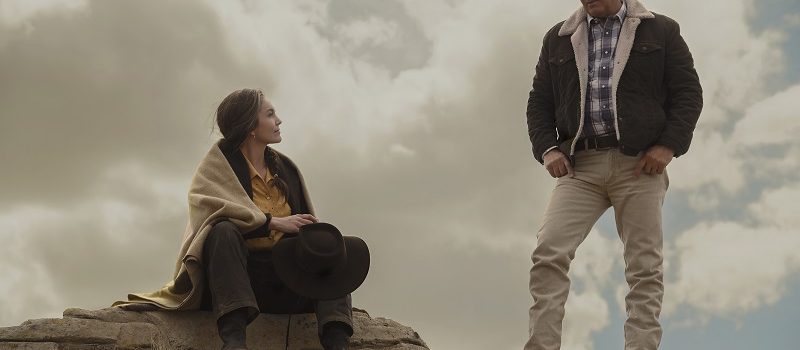In Let Him Go, Kevin Costner and Diane Lane portray George and Margaret Blackledge. They’re a Montana-based couple living on a beautiful stretch of farmland. Costner’s George is a retired sheriff whose antenna for nefarious folks doing despicable things is impeccable.
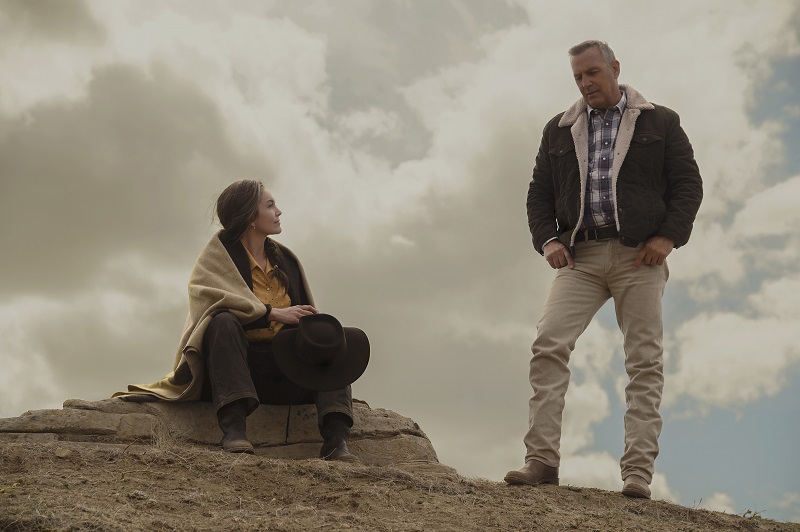
Sadly, both George and Margaret experience that family tragedy that no parent ever recovers from when their grown son, James Blackledge (Ryan Bruce), falls off his horse and perishes. That leaves his widow, Lorna (Kayli Carter from Mrs. America) to raise their son without his father.
Fast forward a few years and George and Margaret are providing a home for their daughter-in-law and their grandson Jimmy (played by both Otto Hornung and Bram Hornung).
A whirlwind courtship between Lorna and Donnie Weboy (Will Brittain) concludes with the couple getting married, with George and Margaret by her side. Naturally, Lorna moves out of the Blackledge home and into an apartment with her little boy and new husband.
Things escalate rapidly. First, Margaret witnesses Donnie striking Lorna and Jimmy in town. Later, the family matriarch checks on her daughter-in-law at their apartment and they have vanished.
Margaret misses her grandson. That drives her to drop everything and undertake a search for her beloved little boy and daughter-in-law. George is a bit more cautious about the possibility of trying to find someone who doesn’t want to be found. But his sheriff senses are popping off the charts. So, he and the Mrs., hop in their automobile and hit the road.
The more they dig, the more the couple learn about the wickedness of the Weboys. The mere mention of that last name, as they ask around the area, emits nerves and fear — which does nothing to slow down Margaret. It does give George a whole lot of pause.
Director Thomas Bezucha (who also adapted the screenplay from the novel by Larry Watson) does a stunning job of bringing this familial noir to the screen. His sense of pacing is innate and drives the narrative in the most subtly sensational of ways. The thriller aspect creeps up on the viewer and once it has you in its grasp, it is impossible to wrestle free.
In many ways, Bezucha has crafted a western with its sprawling vistas and snow-capped mountainous landscapes that have such penetrating beauty, it serves as a striking contrast to the wicked ways of the Weboy crime family. One can almost feel the wind blowing through the leaves and the slight chill of the air.
Through their own ingenious digging and George’s innate law enforcement aptitude, the couple discovers that the Weboys are in the Dakotas. Without taking a pause to collect their thoughts, the couple hits the road, driven by their utter adoration for Jimmy. They also care deeply for Lorna.
Bezucha intelligently and efficiently delivers enough exposition that the forward momentum of the thriller is never hindered. For example, details of George’s tenure as sheriff is never discussed. All we need to know about him, and the law, is what is witnessed within the framework of this story. That is a priceless gift to possess as a filmmaker.
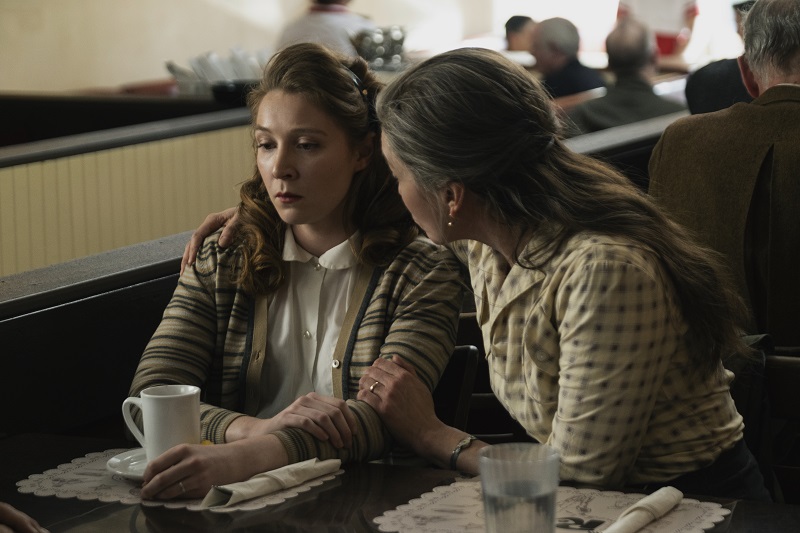
Streamlining thrillers is something that too few behind the camera keenly understand. That milieu inherently requires a constant forward flow. Let Him Go lies in the more subtle end of the thriller spectrum and that is why it works equally as a western. It is a slow burn that is steamrolling towards a boil that is highly likely to be bloody.
Robert Downey Jr. once said that a movie — regardless of its genre — is only as good as its antagonist or villain. Let Him Go scores immensely with the insanely wicked ways of the Weboys’ matriarch, Blanche Weboy (Lesley Manville of Maleficent fame). She initially comes across as a folksy, welcoming western state-born and raised soul. Don’t kid yourself. That is a facade. She is the head of a crime family.
Manville must be saluted. So much of what drives audiences’ emotive tether to the story is rooted in the wrong side of the moral and ethical coin continually getting their way. The actress could have chewed the scenery with her performance, as Anne Hathaway did in The Witches in a way that ruined the film. Instead, she took a cue from Costner, Lane, and Bezucha and found a more menacing tone that embraces that old adage that less is more. She’s fierce and a foe worthy of the goodness of the Blackledges.
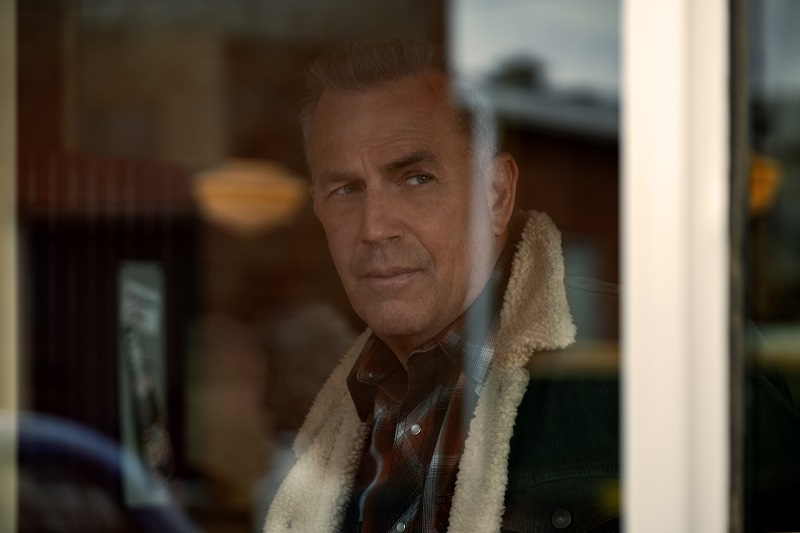
There is zero background attached to anyone in the Weboy tribe. Screenwriters are often taught that character and story development are attained much more powerfully when the action illustrates characterization instead of dialogue. What they do defines them. The storyteller smartly illustrates why our antagonists are to be feared simply by how others respond to the mere mention of the word “Weboy.”
Then, the audience experiences it as their hospitality towards George and Margaret quickly morphs from welcoming to wicked.
Costner is charmingly fantastic. The veteran star delivers his George with a gentle streak that is astutely in the actor’s wheelhouse. He is very much a man of that era with his stoic persona that says so much with so little. His zeal for justice is borne from tragedy.
The Dances with Wolves star is no stranger to westerns, thrillers or tackling characters overtaken with grief. The manner with which the Yellowstone star inhabits his retired sheriff is so rich that his presence is always felt, even when he’s not in a scene.
George may be a man of his era, but that doesn’t mean he expects his wife to solely live in the kitchen and mind the house. Bezucha has woven a web with Lane’s Margaret that endearingly fits attached to Costner’s George.
Lane dazzles. In many ways, Let Him Go is her film. There is a piercing maternal magic to what the actress achieves with Margaret that is concurrently heartwarming and chilling. There’s the protective nature of a mama bear, and then there’s what Lane brings to her character.
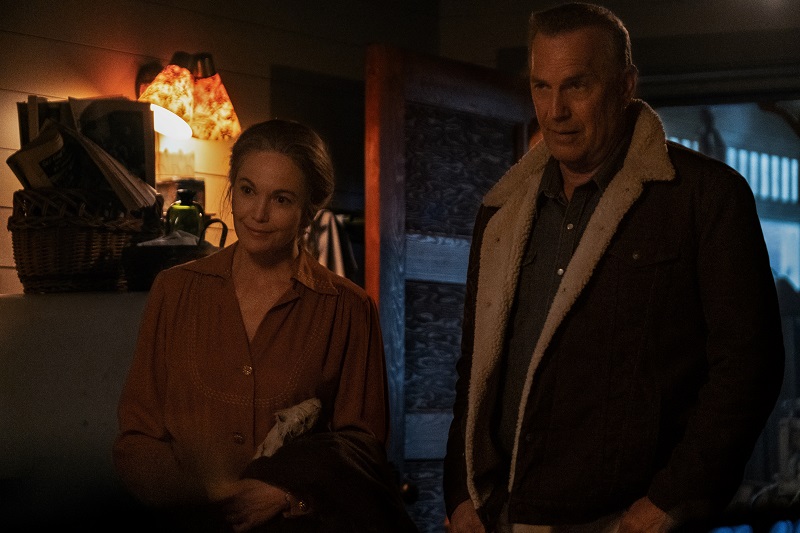
The Unfaithful star and Costner have electric chemistry. What was teased in their too-short appearances as the parents of Superman in Man of Steel and Batman v. Superman: Dawn of Justice, is fully realized with their latest. They are exquisite together. Here’s hoping Lane and Costner are offered more opportunities to pair up with perfection.
Our emotive investment in their journey arises from a variety of sources. These characters are crafted in such a way that they firmly suck us in through Bezucha’s masterfully melodramatic maze. Those early moments in the film have just enough dialogue that audiences fall for the Blackledges without being weighed down with pedantic storytelling.
Cinematographer Guy Godfree achieves gorgeous greatness with Let Him Go. The magnificence of what Godfree puts onscreen serves as such a stark contrast to the darkness of the Weboy family. Matching that tonal sense sonically is the sensational score by Oscar winner — for Pixar’s Up — Michael Giacchino. His seemingly effortless ability to translate emotional power into sonic succulence befits Bezucha’s film extraordinarily well.
Everything the filmmaker worked on prior to Let Him Go has all led to this moment. From The Family Stone, starring Sarah Jessica Parker, to Monte Carlo (featuring Selena Gomez and Gossip Girl star Leighton Meester), he takes an enormous leap with his latest.
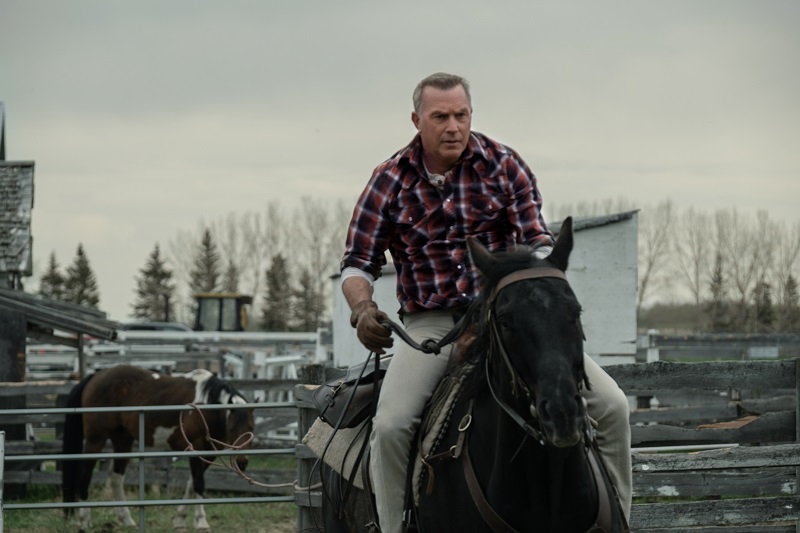
Let Him Go could have been a difficult needle to thread with a less skilled individual behind the camera. Bezucha understands the world of middle America and portrays it with immense heart for the heartland.
Too often, moviemakers make vast assumptions about life in rural America that drifts into stereotypes. The Let Him Go auteur never panders and merely tells a tale that just happens to be about people who reside in that central slice of Americana.
Grade: B

